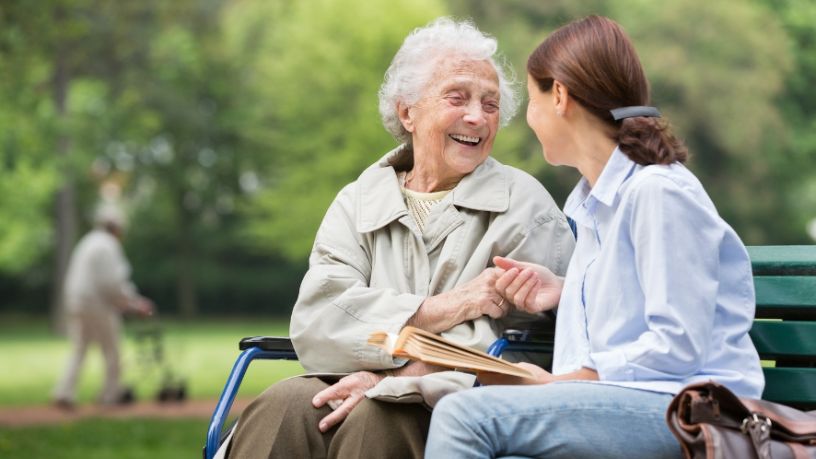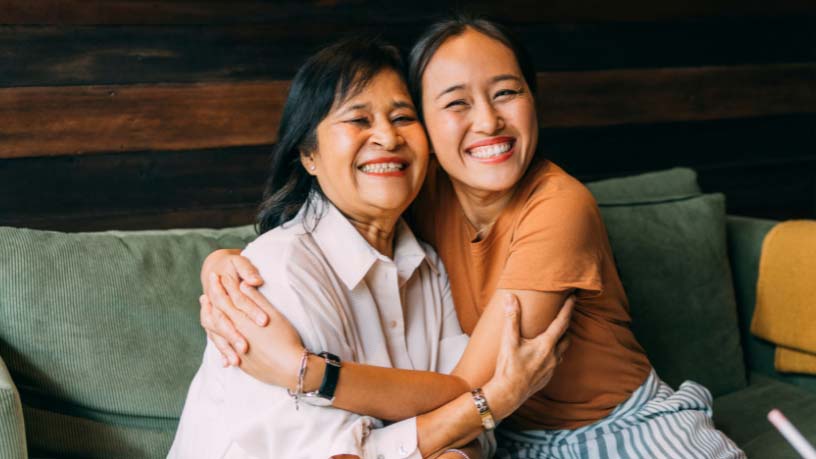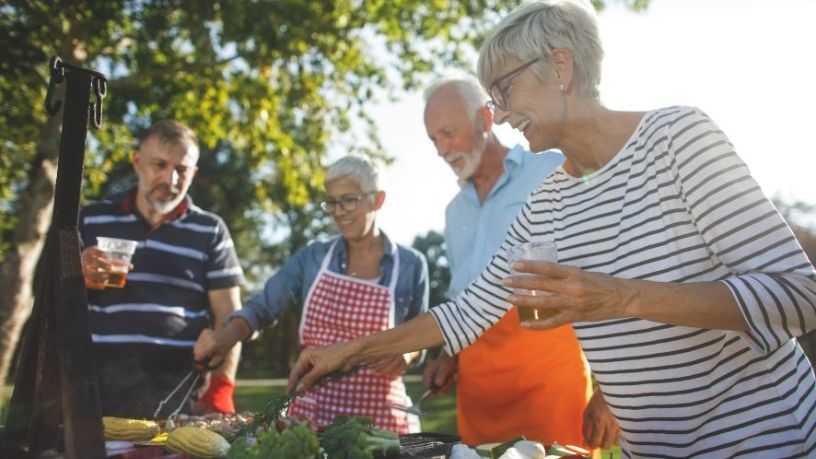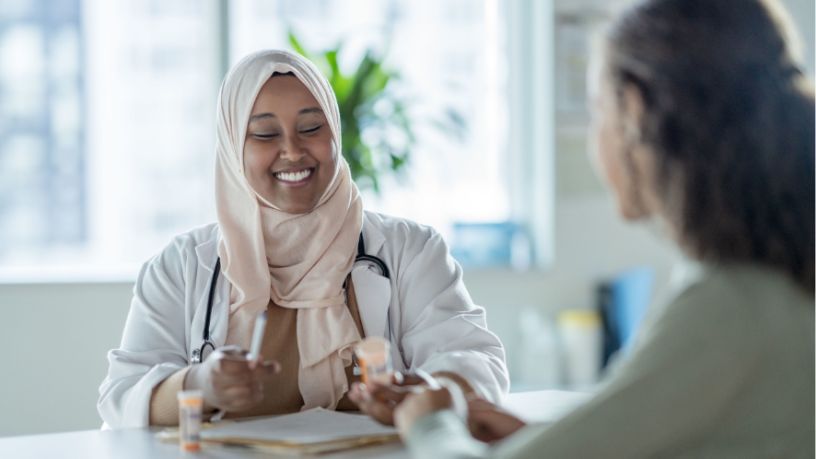On this page
Key takeaways
- Osteoporosis is rare in younger people but can happen.
- There are steps you can take to help prevent osteoporosis and the younger you start, the better.
- Exercise, diet and making sure you’re getting the right nutrients can reduce your risk of getting osteoporosis.
What is osteoporosis?
“Bone is a living tissue,” says Bupa Dietitian Heather Ko. “Meaning, it’s constantly breaking down and growing back. Osteoporosis1 occurs when there’s an imbalance and the rate of bone breakdown exceeds bone formation.”
While healthy people can break a bone during a serious accident or injury, those with osteoporosis can experience a break doing very minor activities such as lifting something heavy or bending down.
Osteoporosis can also affect the spine, leading to back pain, poor posture and even shortened height.
What causes osteoporosis?
We are all at risk of osteoporosis2 as we age because our bone density decreases, reducing bone strength and making it easier for bones to break.
People over the age of 50 years are most affected by osteoporosis and women are more at risk than men, partly due to a loss of bone density in the years following menopause.
Other risk factors for developing osteoporosis include:
- genetics
- nutrient deficiencies
- certain medical conditions and medications
- lack of exercise
- smoking
- excessive alcohol consumption.
Can young people get osteoporosis?
Although uncommon, juvenile osteoporosis3 can occur in children and teens.
It is usually caused by another medical condition or illness, including:
- Anorexia nervosa
- Undiagnosed coeliac disease
- Childhood asthma leading to ongoing use of corticosteroids
- Severe calcium or vitamin D deficiency
- Some medications for cancer treatment or epilepsy
What can I do to prevent osteoporosis?
It isn’t possible to completely prevent osteoporosis because we can’t stop ageing.
However, there are ways to reduce the risks both of getting osteoporosis and dangerous falls that can lead to unnecessary bone breaks, and the younger we start, the better.
By the age of 30 we’ve reached peak bone mass, or maximum bone strength, so it’s most important to make these changes in our 20s or 30s, or even earlier to protect our bone health as we age.
Building strong bones starts in childhood and adolescence when bones are growing rapidly. The more bone mass that is built during these years, the stronger the foundation for bone health later in life, helping to reduce the risk of osteoporosis and fractures as we age.
Encouraging children and teenagers to adopt healthy habits, like regular weight bearing exercise and a diet rich in calcium, can help maximise their bone mass.
Don’t smoke and reduce your alcohol consumption
Both serious risk factors for developing osteoporosis, smoking and excessive alcohol use have been linked to decreased bone density and bone loss.
The good news is it’s never too late to see an improvement with studies showing bone density improvement in as little as 12 months after quitting smoking, and within 8 weeks of alcohol abstinence.4 Talk to your GP for support.
Have a calcium-rich diet
Your bones need calcium to stay strong. But calcium is also needed for other body functions, including your heart, muscles, blood and nerves.6 If you aren’t eating enough calcium, your body will ‘steal’ it from your bones to use elsewhere, causing low bone density.
Most Australians don’t get enough calcium, with 73% of females and 51% males aged 2 and over not meeting their calcium needs.5
Foods that are high in calcium include:6
- milk, cheese (particularly hard cheese like Cheddar and Parmesan) and other dairy foods
- green leafy vegetables including broccoli, silverbeet and bok choy
- pulses, including chickpeas, white beans and lentils.
- fish where you eat the bones such as sardines and pilchards
- nuts and seeds including almonds, Brazil nuts and sesame seeds (including tahini paste)
How much calcium you need will depend on factors such as your age, sex and life stage.
Get enough Vitamin D
Vitamin D7 is important for healthy bones and calcium absorption. Most Australians will get enough vitamin D from simply being outside in the sunshine, but you can also get vitamin D through a dietary supplement or some food, including:
- oily fish, including salmon, mackerel, sardines and herring
- egg yolks
- mushrooms exposed to UV light (simply leave mushroom gill-side up in the sun for up to 15 minutes before eating)
- vitamin D-fortified milk, spreads and yoghurt.
Exercise
Physical exercise8 at any age can help to protect bone health. In young children, exercise can help build strong bones while activity as we age can help slow the loss of bone density, strengthen bones and muscles and help facilitate new bone formation.
Exercise can also help improve flexibility, balance and co-ordination, all important in preventing falls which can cause bone breaks.
The best types of exercise for ongoing bone health are a combination of:
Weight bearing exercises that create a force or pressure on the bone to make them work harder – includes:
- Fast walking, jogging or running
- Dancing
- Climbing stairs
- Sports such as tennis, pickleball, netball and soccer
Resistance/strength training exercises that put pressure on the muscles and bones and makes them stronger – includes:
- Weightlifting
- Resistance bands
- Weight machines
- Body weight exercises such as push ups or chin ups
Balance training to help prevent risky falls that can damage bones and cause fractures and breaks – includes
- Walking or balancing on an uneven surface such as a rolled up towel or wobble board
- Lunges
- Step ups
- Standing on one foot – for an extra test do this with your eyes closed but make sure you have something to hold onto nearby like a wall or chair
Talk to an exercise physiologist or physiotherapist for guidance on safe exercises for your age and health level. If you have osteoporosis always consult your healthcare team before starting any new exercise regime.
Resources
Member Health Programs
Discover health cover that's right for you with a range of personalised programs and services designed to support your health and wellbeing.
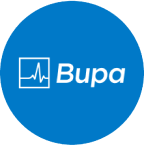
At Bupa, trust is everything
Our health and wellbeing information is regularly reviewed and maintained by a team of healthcare experts, to ensure its relevancy and accuracy. Everyone's health journey is unique and health outcomes vary from person to person.
This content is not a replacement for personalised and specific medical, healthcare, or other professional advice. If you have concerns about your health, see your doctor or other health professional.
1Health Direct. (2023). Osteoporosis. Australian Government.
2Better Health Channel. (2023). Osteoporosis. Victoria State Government, Department of Health.
3Better Health Channel. (2023). Osteoporosis in children. Victoria State Government, Department of Health.
4Healthline. (2024). Can smoking cause osteoporosis? And Healthline. (2023). Does alcohol cause osteoporosis? Healthline Media.
5Australian Bureau of Statistics. (2015). Australian Health Survey: Usual nutrient intakes, 2011-12 (Catalogue No. 4364.0.55.008). Australian Government.
6Healthy Bones Australia. (n.d.). Healthy calcium-rich food recipes.
7Health Direct. (2024). Vitamin D and your health. Australian Government.
8National Institute of Arthritis and Musculoskeletal and Skin Diseases. (2023). Exercise for your bone health. US Government.
You might also like
What causes osteoporosis and how to lower your risk
Osteoporosis occurs when your bones break down faster than they can repair themselves. Learn the causes, symptoms and treatment options for this common condition.
Health checks and screening at every stage of life
It’s important to make sure you get the right health checks throughout your life, from your 20s to your 50s and beyond. Check out our guide to learn more.
Top anti-inflammatory foods to help reduce joint pain
Discover some of the best anti-inflammatory foods to relieve joint pain and arthritis. Learn what to eat to support healthier joints and reduce inflammation.
9 ways to make the most of your GP check-up
Doctor’s appointments can feel overwhelming and there can be a lot to get through in a short amount of time. So how can you get the most out of your GP visit?


